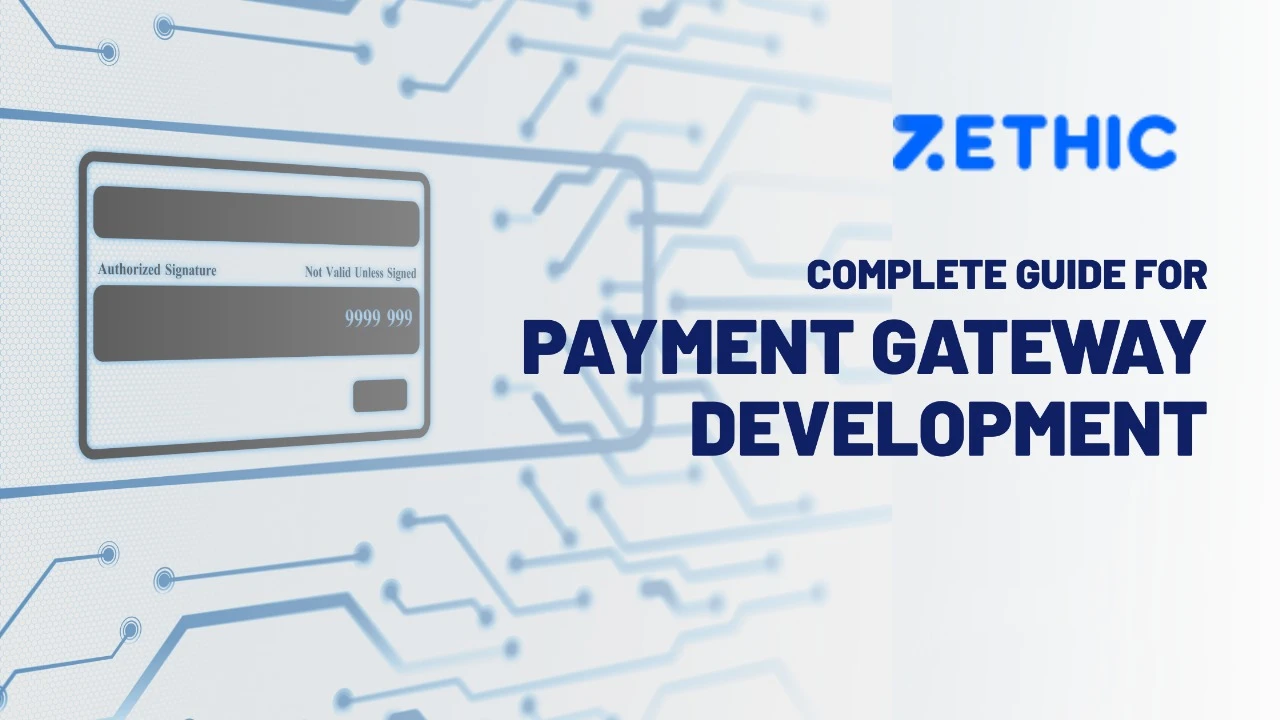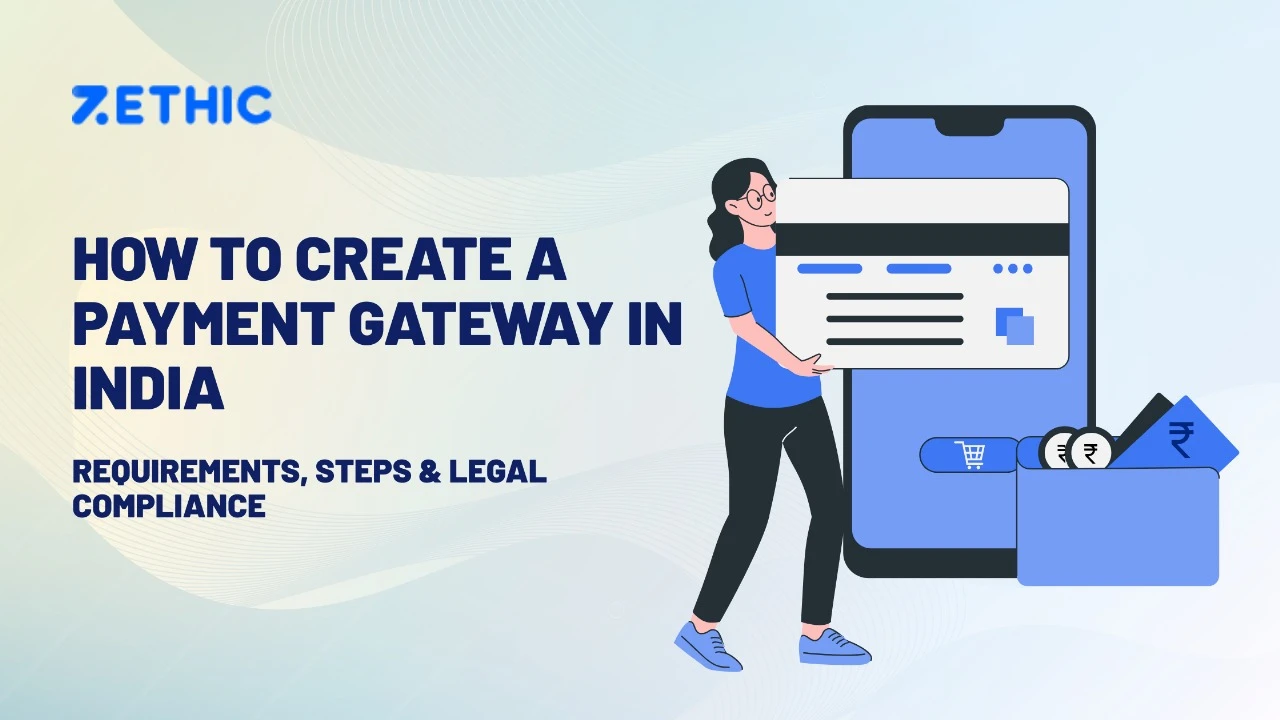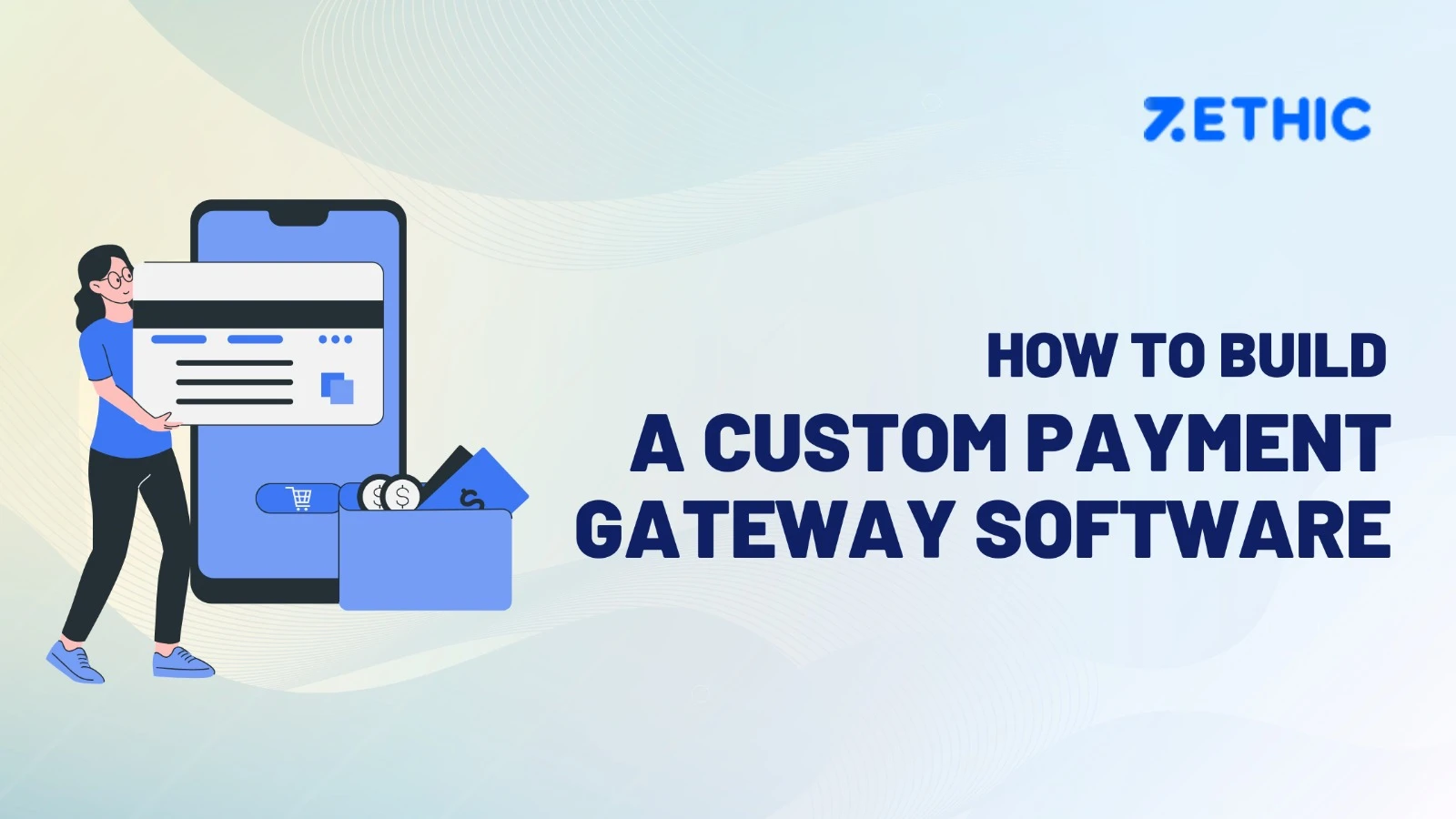Every click, every swipe, every UPI scan digital payments are now the heartbeat of India’s economy and a major driver of global commerce. According to the RBI, India crossed 14 billion UPI transactions in July 2025, while global eCommerce is forecasted to exceed $8 trillion by 2027. Payment gateways are the unsung heroes powering this digital revolution.
Most businesses rely on providers like Razorpay, Stripe, or PayU. But forward-thinking companies are now asking: what if we build our own payment gateway?
The benefits are clear lower transaction fees, more control, custom features, and higher trust. However, developing a payment gateway is not trivial. It involves technology architecture, compliance certifications, legal approvals, and significant investment.
This blog is your step-by-step guide to understanding how to make a payment gateway, covering the tech stack, architecture, compliance, and cost breakdown so you can plan with confidence.
What is a Payment Gateway & How It Works
A payment gateway is a software solution that securely authorizes, encrypts, and processes digital transactions between customers, merchants, and banks.
How It Works (Transaction Flow):
- Customer enters card/UPI/wallet details at checkout.
- Data is encrypted and sent to the payment gateway.
- The gateway forwards it to the acquiring bank and card networks (Visa, Mastercard, RuPay).
- Issuing bank approves or declines the transaction.
Approval is sent back to the merchant, and the funds are settled.
Why Build Your Own Payment Gateway?
Building a custom payment gateway offers long-term strategic benefits:
- Lower Transaction Costs: Avoid high aggregator fees.
- Regulatory Control: Direct compliance with RBI or global authorities.
- Customization: Recurring payments, instant settlements, multi-currency.
- Data Ownership: Your servers, your rules.
- Trust & Branding: Especially critical for large enterprises and fintech startups.
Core Components & Architecture of a Payment Gateway
Developing a gateway requires a layered architecture:
1. Front-End Layer
- Merchant dashboard for transaction tracking.
- Customer checkout interface (web + mobile).
2. Back-End Processing Layer
- APIs for merchants to integrate.
- Transaction routing and authorization engine.
- Settlement system for payouts.
3. Security Layer
- Data encryption (SSL/TLS).
- Tokenization to replace card details.
- Fraud detection (AI-based risk scoring).
4. Integration Layer
- Banking APIs for settlement.
- Card network integration (Visa, MasterCard, RuPay).
- UPI & mobile wallets.
5. Compliance Layer
- PCI-DSS certification.
- RBI, NPCI, GDPR/DPDP compliance.
Tech Stack for Payment Gateway Development
Choosing the right stack ensures scalability, security, and speed:
- Programming Languages:
- Java, Python, Go, Node.js (reliable for handling high-volume transactions).
- Frameworks:
- Spring Boot, Django, Express.js for API development.
- Databases:
- PostgreSQL, MySQL for structured data.
- MongoDB, Redis for scalability and caching.
- Front-End:
- React.js, Angular, Vue.js for user dashboards.
- Infrastructure & Cloud:
- AWS, Azure, or GCP with Kubernetes for load balancing.
- Security Tools:
- SSL/TLS, Hardware Security Modules (HSMs), tokenization.
- Payment Gateway API Development:
- RESTful APIs for integrations with merchants and banks.
Compliance & Security Requirements
No payment gateway can succeed without compliance and security.
- PCI-DSS Compliance (mandatory for handling card data).
- RBI License & NPCI Guidelines (India-specific).
- KYC & AML Regulations to prevent fraud.
- Data Localization: Indian customer data must be stored on local servers.
- Encryption & Tokenization for transaction security.
- 3D Secure & Multi-Factor Authentication for card transactions.
Step-by-Step Guide: How to Make a Payment Gateway
Step 1: Define Your Business Model
- B2B (merchant services) or B2C (direct consumer app).
Step 2: Company Incorporation & Licensing
- Register as a Private Limited Company.
- Apply for Payment Aggregator (PA) license from RBI.
Step 3: Banking & Network Partnerships
- Tie-up with acquiring banks.
- Apply for NPCI (UPI) and card network integration.
Step 4: Build Core Technology
- Develop backend transaction engine.
- Build merchant APIs & SDKs.
- Customer-facing checkout pages and mobile SDKs.
Step 5: Add Security Layers
- PCI-DSS certification.
- Fraud monitoring with AI/ML models.
Step 6: Test & Certify
- Sandbox testing with banks/NPCI.
- Penetration testing, UAT.
Step 7: Go Live & Onboard Merchants
- Create merchant pricing models.
- Offer technical integration support.
Cost Breakdown of Payment Gateway Development
Building a payment gateway requires significant upfront investment:
- Software Development: $100k–$250k (₹80L–₹2Cr).
- Compliance & Licensing: $30k–$100k (PCI-DSS, RBI fees, audits).
- Bank Partnerships: Security deposits ₹20L–₹50L.
- Infrastructure: Cloud hosting, servers, load balancers (~$10k/month for scale).
- Maintenance & Support: 15–20% of development cost annually.
Key Challenges & How to Overcome Them
- Regulatory Delays: RBI approvals can take 6–12 months.
Solution: Partner with fintech consultants like Zethic for documentation. - High Compliance Costs: PCI-DSS audits are expensive.
Solution: Phase compliance investments. - Fraud & Cybersecurity Threats: Transaction fraud is rising.
Solution: Use AI-based fraud detection and tokenization. - Merchant Acquisition: Market competition is tough.
- Solution: Offer faster settlements and flexible pricing.
Future of Payment Gateways
- Digital Rupee (CBDC) to integrate with future gateways.
- AI-based fraud detection for instant anomaly flagging.
- Blockchain for settlements (reducing reconciliation delays).
- Cross-border instant payments using ISO 20022 standards.
Conclusion
Building a payment gateway is a complex, high-investment project, but the rewards are significant: cost savings, independence, and long-term control over your fintech ecosystem.
From choosing the right tech stack and architecture to managing compliance, licensing, and partnerships, every step requires expertise.
Build a Secure & Scalable Payment Gateway with Zethic
We specialize in payment gateway software development, fintech compliance, and secure API architecture. With proven experience in India and global markets, we help startups and enterprises launch RBI-compliant, scalable, and future-ready payment solutions.
Launch Your Own Payment Gateway with Zethic
People Also Ask
Why should a business build its own payment gateway?
To reduce fees, maintain compliance control, offer custom features, and build stronger brand trust.
What is the architecture of a payment gateway?
It includes front-end checkout, back-end processing, security, banking integration, and compliance layers.
Which technology is used in payment gateways?
Java, Node.js, Python for backend; React for frontend; PostgreSQL/MongoDB for databases; AWS/GCP for infrastructure.
What are the steps to create a payment gateway?
Incorporate company, get RBI license, partner with banks, build secure APIs, add compliance, test, and onboard merchants.
How much does it cost to build a payment gateway?
Expect costs of $150k–$400k (₹1–3Cr) including tech, compliance, and partnerships.






